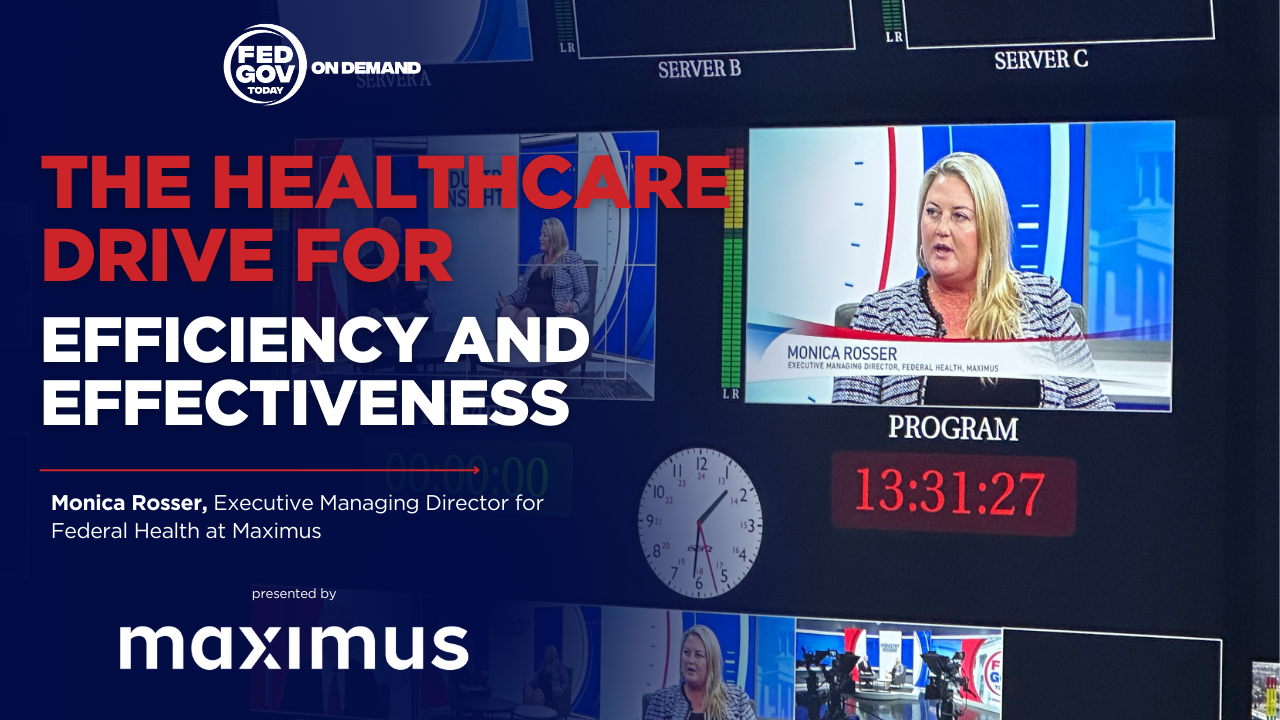Original broadcast 4/13/25
Achieving a clean audit opinion is no small feat—especially in the sprawling and complex ecosystem of the Department of Defense. Yet the United States Marine Corps has done it not once, but twice in a row. As the Pentagon pushes toward the congressional mandate of a clean audit for the entire department by FY2028, the Marine Corps’ success serves as a blueprint for what’s possible.
On the latest episode of Fed Gov Today, Joseph Nave, Principal at KPMG and a longtime advisor to federal financial leaders, joined me to break down the components of audit success—and more importantly, how to sustain it.
Tone at the Top: The First Ingredient
For Nave, one of the most critical drivers of the Marine Corps’ audit achievements is simple but essential: tone at the top.
“It’s the agency or the entity having that singular message that audit’s important,” Nave said. “It’s usually a comptroller-driven exercise, but it’s not going to be accomplished with just the comptroller. All functional lanes need to be on board.”
That top-down message must resonate across the organization. From senior leadership to operational managers, every stakeholder needs to understand their role in meeting audit objectives. Accountability, shared responsibility, and clear milestones are essential to moving the needle.
In other words, audit readiness isn’t just a compliance activity—it must become embedded in the culture of the organization.
From Clean Opinion to Clean Culture
While getting to a clean opinion is a major milestone, Nave stressed that sustaining that opinion over time is just as critical—and often more challenging.
“The Marine Corps insiders told me they were very nervous, not that they didn’t think they would make it the second year, but because sustaining it was so important,” I noted during our conversation. Nave agreed, saying the real work begins once that first opinion is secured.
“Sustainability is about triaging those audit issues you know you have—material weaknesses, significant deficiencies—and addressing them head-on,” he said. But that’s just the beginning.
Sustaining an audit opinion also requires building institutional strength across three key areas:
-
Workforce training to maintain consistency in financial processes;
-
IT modernization to support data integrity and automation;
-
Policy reform to align internal controls with the current operational environment.
“You’ve got to cut through some of the nuanced policies that may have gone stale,” Nave explained. “They might not be applicable anymore, but agencies are still beholden to them.”
Modern Tools, Modern Mindsets
Technology is playing an increasingly prominent role in audit readiness. Nave emphasized the importance of agile systems, integrated data environments, and real-time analytics to support both financial reporting and operational decision-making.
But just as important is a modern mindset.
“Audit is not a one-and-done,” Nave said. “You don’t just pack up and go home after you get your clean opinion. It has to be part of your day-to-day operations.”
That shift—from compliance as an annual event to compliance as a continuous process—is what distinguishes agencies that merely meet audit requirements from those that embed audit principles into their organizational DNA.
Cultural Transformation Is Key
 At the heart of this transformation is a cultural pivot. Nave believes the key to lasting success lies in how organizations view their audit responsibilities.
At the heart of this transformation is a cultural pivot. Nave believes the key to lasting success lies in how organizations view their audit responsibilities.
“It has to become part of the ethos—just like any other mission or operational function,” he said. “Once people in the organization see that it’s real and that success is achievable, the momentum becomes self-sustaining.”
That kind of cultural shift doesn’t happen overnight. It takes leadership commitment, sustained investment in people and systems, and clear communication at every level. But the payoff—improved accountability, better decision-making, and increased public trust—is well worth the effort.
Lessons for the Rest of DoD
As the Marine Corps continues to set the standard, other defense components are taking notice—and following suit.
“This administration is very focused on achieving these objectives,” Nave said. “In fact, we’re seeing timelines move up for some agencies inside DoD.”
That urgency is being reinforced by leaders like DoD Comptroller Mike McCord, who said earlier this year he expects more agencies to achieve audit readiness in the next 12–24 months. Nave agrees, predicting an “upswing” in clean opinions across DoD components as best practices begin to scale.
With 2028 just a few years away, the pressure is on—but so is the momentum.
A Model for Accountability
The Marine Corps has proven that audit success is achievable with the right strategy, commitment, and culture. As the rest of the Pentagon charts its course, the Corps stands out as a model—not just of clean books, but of accountability and excellence.
“It’s about being more agile, more transparent, and more efficient,” Nave concluded. “And that’s something every agency can work toward.”
You can listen to the full interview with Joseph Nave and explore more insights on the Pentagon’s audit goals at FedGovToday.com.



